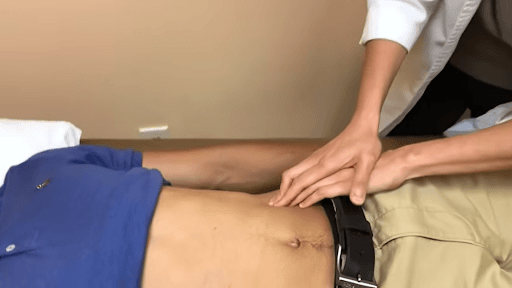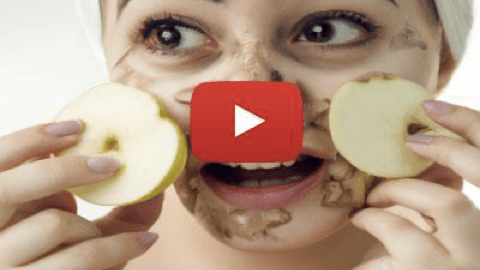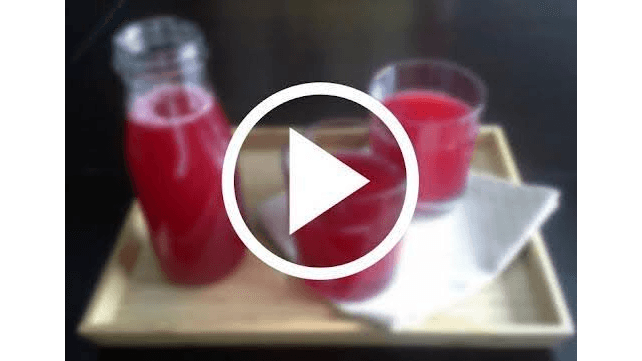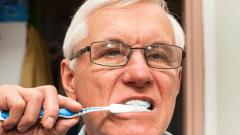Unveiling the mystery behind shuffling
In today's fast-paced world, mobility issues can often slow us down, impacting our quality of life. One common concern is shuffling gait, where individuals start taking smaller steps or keeping their feet close to the ground. Understanding its causes and suitable interventions is essential.
Some may associate shuffling with neurological conditions like Parkinson’s disease. However, as people age, the tendency to adopt a shuffling gait can increase, often linked to fears like falling.
- Fear of falling can result in smaller steps and closer proximity to the ground.
- Muscle weakness, particularly in the muscles that aid in push-off and toe-pointing, contributes to inefficient gait patterns.
As a neurologic physical therapist, I suggest specific exercises targeted at improving your gait. Here, we explore exercises that address various factors contributing to a shuffling gait.
Working in a corner, where you can support yourself, practice:
- Alternate leg tapping; strive to lift your legs higher, challenging balance progressively by moving arms away from the wall.
- Heel raises against a wall for added support. Progress by attempting toe walking both forwards and backwards once comfort increases.
To combat the tendency to hunch, work on upright standing within safe spaces:
- Position your feet in a straight line and maintain an extended, upright posture, avoiding slouching towards the ground.
Gradually lift your hands while stabilizing your balance. These exercises aim to boost your confidence in maintaining an upright posture without needing other support, decreasing dependency on bouncing off walls.
“Challenge yourself within safe environments to build the confidence and strength needed to walk tall and lively.”
While some advice against looking at the floor, especially fearing falls, moderation is key. It's natural to glance at the floor, but try to keep your chest lifted for an enhanced stance.
In conclusion, these tips and exercises, tailored to suit specific needs surrounding shuffling gait, provide a pathway towards improved walking efficiency and overall mobility. Subscribe to continue exploring more lifestyle-enhancing techniques.
From Around The Web
Wellness Inbox is a blog & weekly newsletter that curates trending news and products related to health and wellness from around the web. We also gather content from various sources, including leading health professionals, and deliver it directly to you.
Please note that we may receive compensation if you purchase any products featured in our newsletter. Wellness Inbox is not affiliated with, nor does it endorse, any health professionals whose content may appear in our newsletter. The information provided is for general informational purposes only and should not be considered medical advice.
The information provided is not intended to replace professional medical advice, diagnosis, or treatment. All content, including text, graphics, images, and information available is for general informational purposes only. We do not guarantee the accuracy or completeness of any information presented and assume no liability for any errors or omissions. The content is subject to change without notice. We encourage you to verify any information with other reliable sources and consult your physician regarding any medical conditions or treatments.







